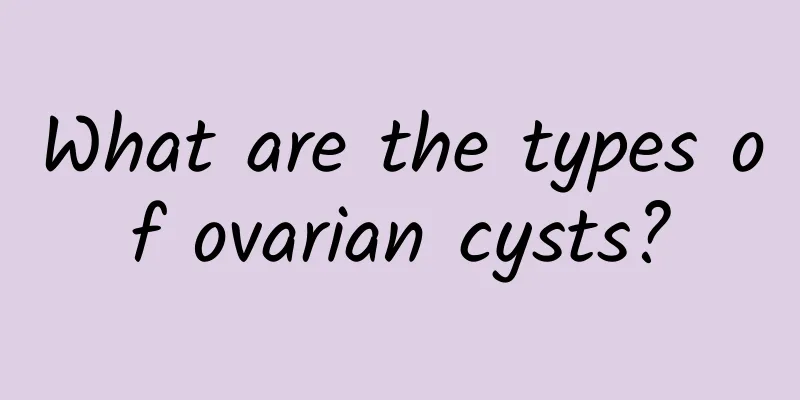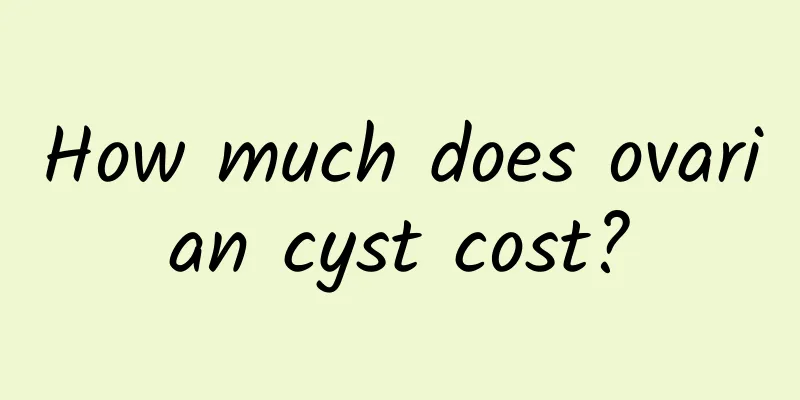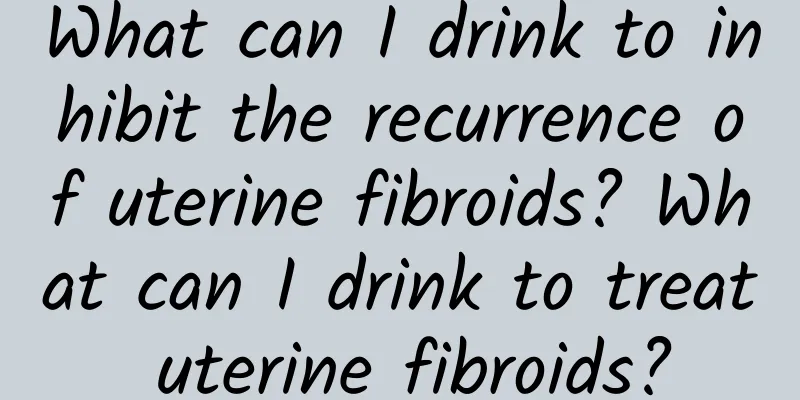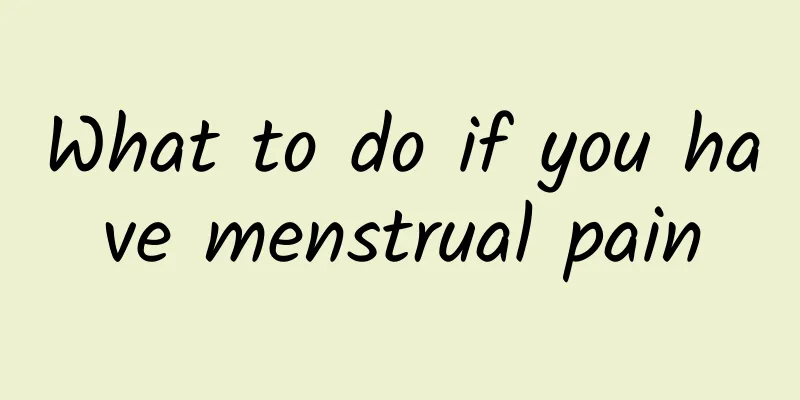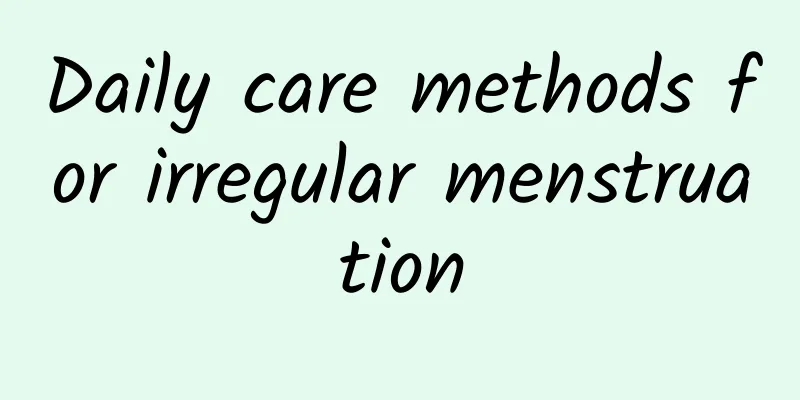Endometriosis Chinese medicine
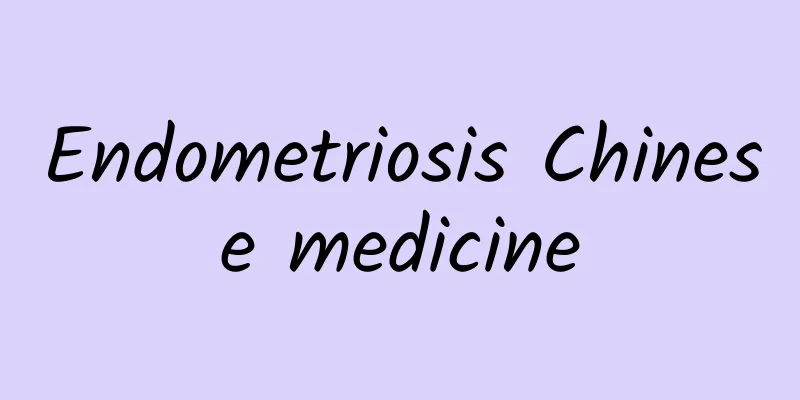
|
For women to conceive successfully, many conditions need to be met, among which the endometrium is also a very important aspect. If endometriosis occurs, it will directly lead to infertility. Therefore, this disease must be treated actively. There are many treatment methods now, including traditional Chinese medicine treatment. So, what are the traditional Chinese medicine treatments for endometriosis? Endometriosis is a relatively common and difficult to treat gynecological disease. The occurrence of this disease has a serious impact on women's pregnancy. Many women suffer from infertility due to this disease. So, what is the traditional Chinese medicine treatment method for endometriosis? Chinese medicine for the treatment of endometriosis: Shenyan Quyu Decoction: Salvia miltiorrhiza 15g, Paeonia lactiflora 12g, Ligusticum chuanxiong 10g, Trillium 12g, Curcuma 12g, Oak twig 10g, Lithospermum officinale 10g, Leonurus japonicus 15g, Millettia reticulata 15g, Curculigo orchioides 12g, Rehmannia glutinosa 12g, Lycium barbarum 12g, Raw Pollen 10g, Purple quartz 10g. Preparation Usage: Add water to soak the medicine surface, boil over high heat, then simmer for 10 minutes over low heat, 1 dose per day, divided into 2 doses, 3 months as a course of treatment. Indications: Endometriosis, dysmenorrhea, accompanied by menorrhagia or prolonged menstruation, infertility, endometriosis cysts. The ingredients in the prescription, such as salvia miltiorrhiza, red peony root, chuanxiong, trillium, and curcuma, can promote qi and blood circulation and dissipate blood stasis; lithospermum officinale and oak twig can dissipate phlegm and resolve nodules, dissipate blood stasis and reduce swelling; curculigo, epimedium, rehmannia glutinosa, and wolfberry fruit can nourish the kidney and replenish essence; motherwort and millettia reticulata can nourish blood, promote blood circulation and regulate menstruation. The ingredients cooperate with each other, both tonic and purgative, and complement each other, so that qi and blood can flow smoothly, blood stasis can be eliminated, and menstruation can be regulated and cured. When using this prescription clinically, it should be noted that for patients with qi deficiency, codonopsis, astragalus, and cimicifuga can be added; for patients with yin deficiency, glossy privet fruit, rehmannia root bark, and sanguisorba officinalis can be added; for pelvic masses For those with blood stasis, add soapberry thorn, rutile stone, and turtle shell; for severe abdominal pain, add toosendan fruit, frankincense, myrrh, and Panax notoginseng powder (swallow).The above is the expert’s introduction to the traditional Chinese medicine treatment method for endometriosis. Experts remind that in order to protect women’s health, women should not act on their own when taking traditional Chinese medicine treatment. They should seek guidance from professional Chinese medicine practitioners to avoid unnecessary harm caused by improper use of medicine. |
<<: How to treat endometriosis
Recommend
Three dietary keys for home care of mild illness, understand them in seconds with one table! Nutritionist reveals: High calories, high protein, and high water content are smart supplements
As the number of confirmed cases locally increase...
Efficient fat burning! 4 Fat blasting to help lose weight
If you want to lose weight successfully, it is no...
Non-invasive body sculpting is on the rise! Pediatric clinics are also rushing to do
Body sculpting, which claims to be non-invasive, ...
Is 45 too early for menopause?
It is not entirely certain whether menopause at t...
What harm will cervicitis bring to women? How should women prevent cervicitis?
Everyone knows that many female friends now suffe...
What are the main causes of uterine fibroids?
Uterine fibroids are a manifestation of benign tu...
Laser treatment for Bartholinitis
Bartholinitis is a common type of Bartholinitis, ...
Amenorrhea caused by hypothyroidism can be checked by blood test first
When the thyroid gland is underactive, the endocr...
How to prevent leakage during abortion
Missed aspiration is one of the possible complica...
What harm will pelvic inflammatory disease cause if it is not treated
What are the dangers of long-term delay in treati...
The more you eat, the thinner you get. Improve your metabolism and burn fat! Nutritionist reveals 5 fat-burning foods like black coffee and green tea, take notes now
The long summer is over and the autumn heat has a...
Is genetic inheritance the main cause of cancer?
Cancer is a global enemy. In Taiwan, cancer has a...
What to do if you want a natural abortion
Miscarriage is a very sensitive and complex topic...
What is the best food to eat when you have uterine fibroids?
Having uterine fibroids is a confusing and distre...
What should I pay attention to if I have a miscarriage? What are the symptoms of miscarriage?
Most miscarriages are accidental, and about 70% o...



